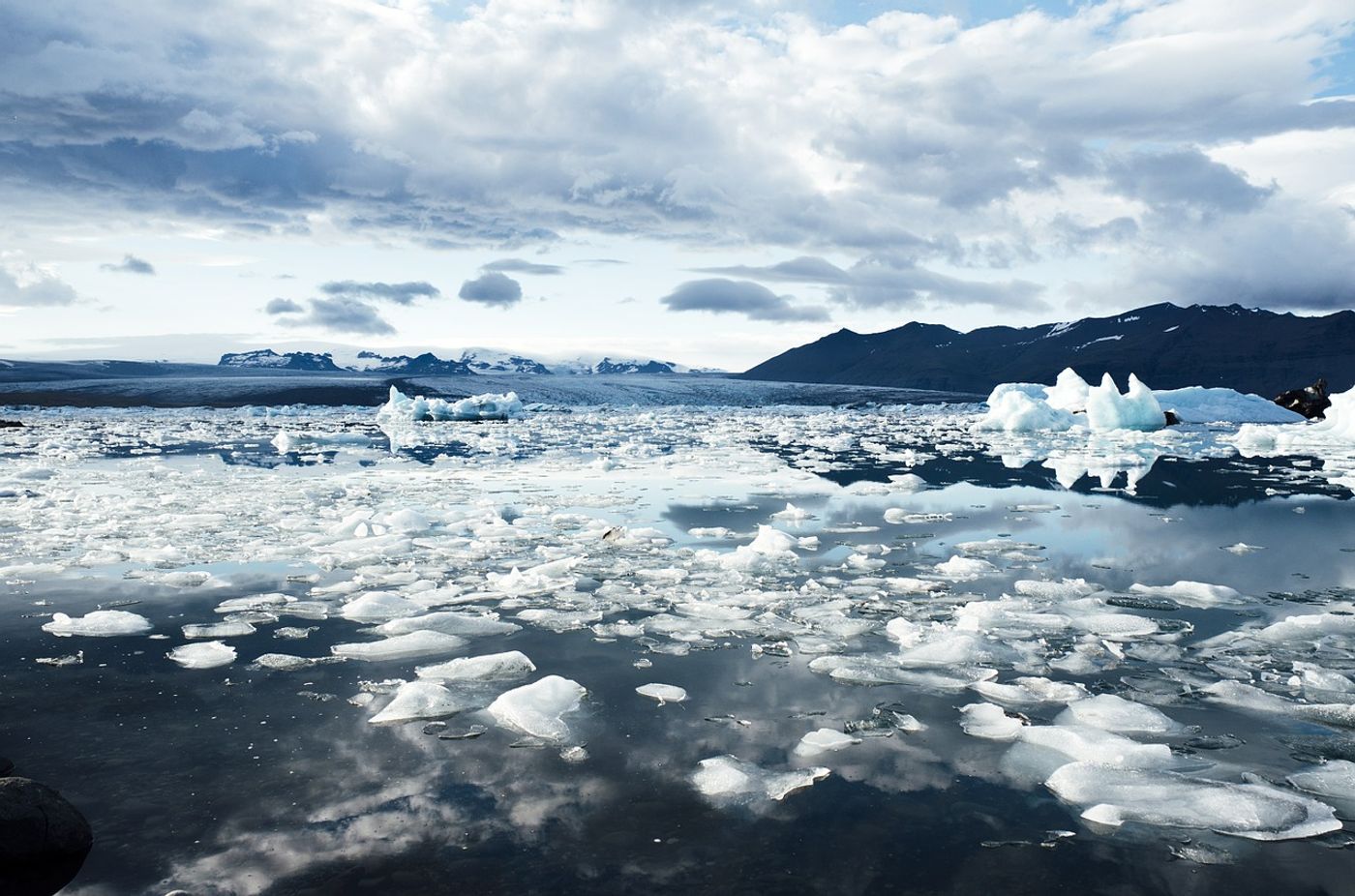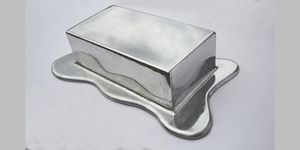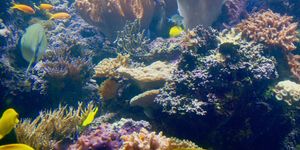Young Sea Ice Melting Too Soon
Recent research has revealed a new development that may take us closer to an ice-free Arctic summer. Scientists consider the Russian marginal seas of the Arctic ocean the “nursery of Arctic sea ice.” In the winter, shallow seas in this region experience incredibly low air temperatures—to negative 40 degrees Celsius— and strong offshore winds, which combine to push young ice out to sea. The young ice eventually catches a current known as the Transpolar Drift and is transported across the central Arctic ocean. After a few years, it reaches the Fram Strait between Greenland and Svalbard where it will finally melt.
This sea ice transport is essential for several reasons. It’s a transportation device for climate-related gases, macro-nutrient, iron, organic matter, sediments, and pollutants. Sea ice is also vital habitat for plants and animals that live on it or use it as transport.
However, a study from the Alfred Wegener Institute for Polar and Marine Research (AWI) released last week in Scientific Reports discovered that melting sea ice is disrupting the Transpolar Drift. It's estimated that twenty years ago, nearly 50% of the new ice from Russia’s marginal seas traveled across the Arctic. The new study revealed that 80% of sea ice melts before it can even reach the Central Arctic.
In addition, the surviving 20% of ice that completes the journey is not as thick as it used to be. In a statement released by AWI, sea-ice physicist Dr. Thomas Krumpen stated that “the ice now leaving the Arctic through the Fram Strait is, on average, 30 percent thinner than it was 15 years ago.” This is due to rising winter temperatures and an earlier melting season. Furthermore, the ice is forming farther north meaning it has less time to drift across the Arctic Ocean and grow into thicker pack ice. Thinner sea ice floes contain fewer sediments, nutrients, and algae.
This loss of young sea ice has cascading impacts on the climate and arctic ecosystems. Sea ice loss leads to a phenomenon known as the albedo effect—less ice coverage means the ocean will absorb more heat energy from the sun, raising temperatures. A decrease in primary production will impact Arctic ecosystems because of declining amounts of nutrients, bacteria, and algae being transported by sea ice. Although, conversely less ice and thinner ice may enhance primary production due to an increase in light availability.
The AWI research team will expand upon these finding during their next expedition, beginning this September.
Sources: AWI, Scientific American









